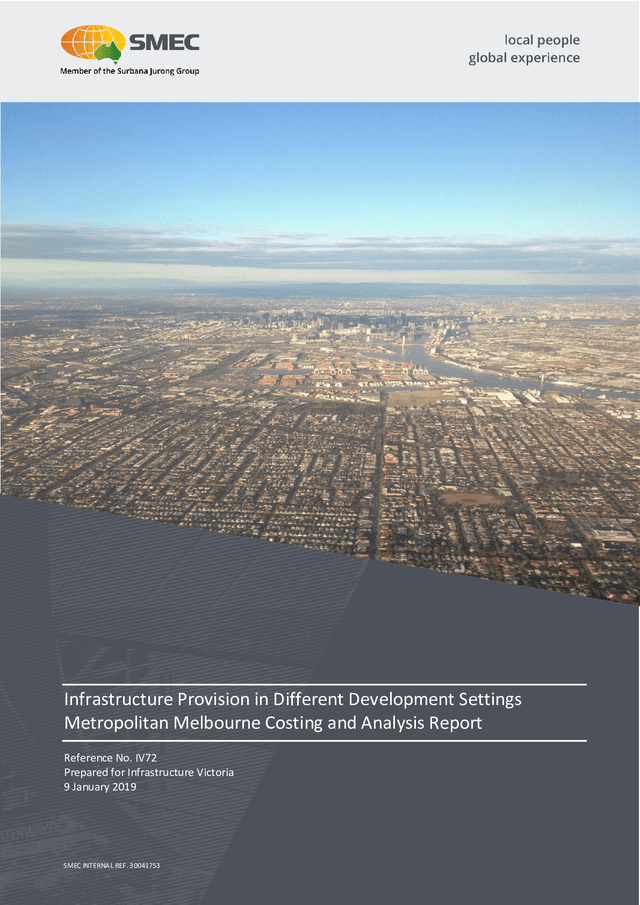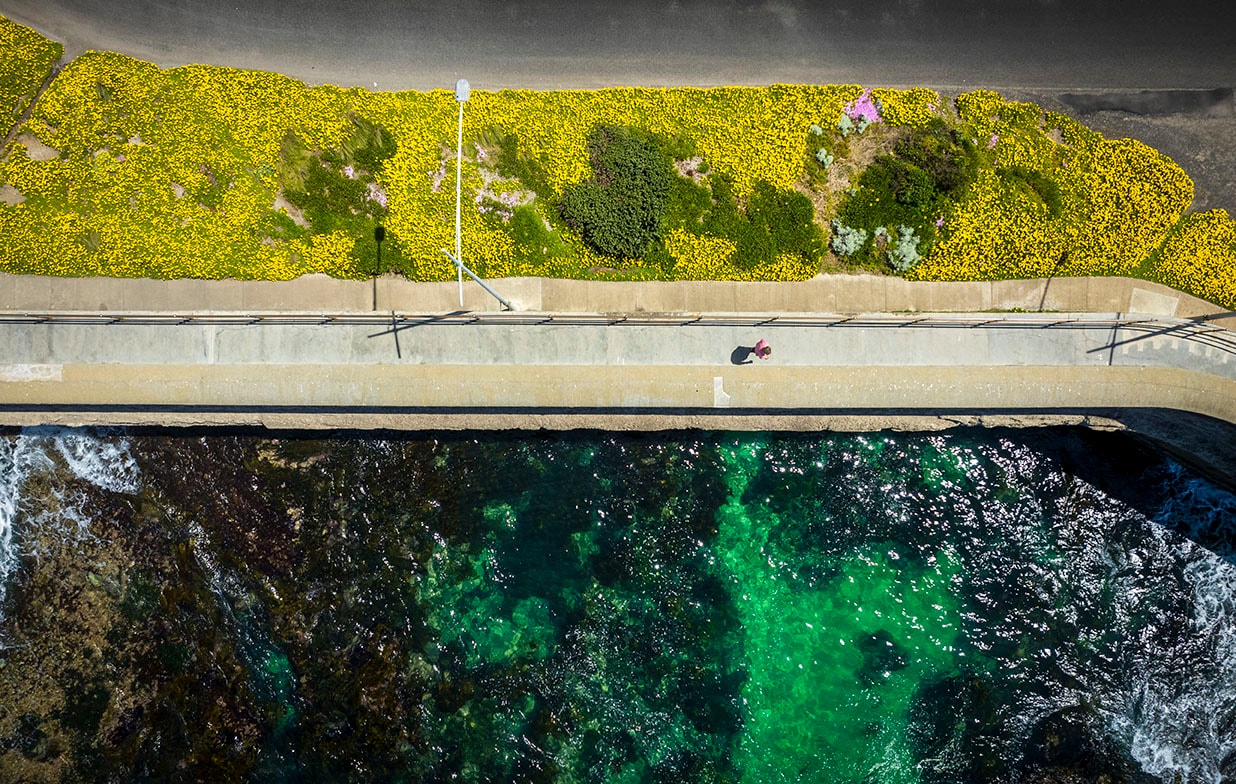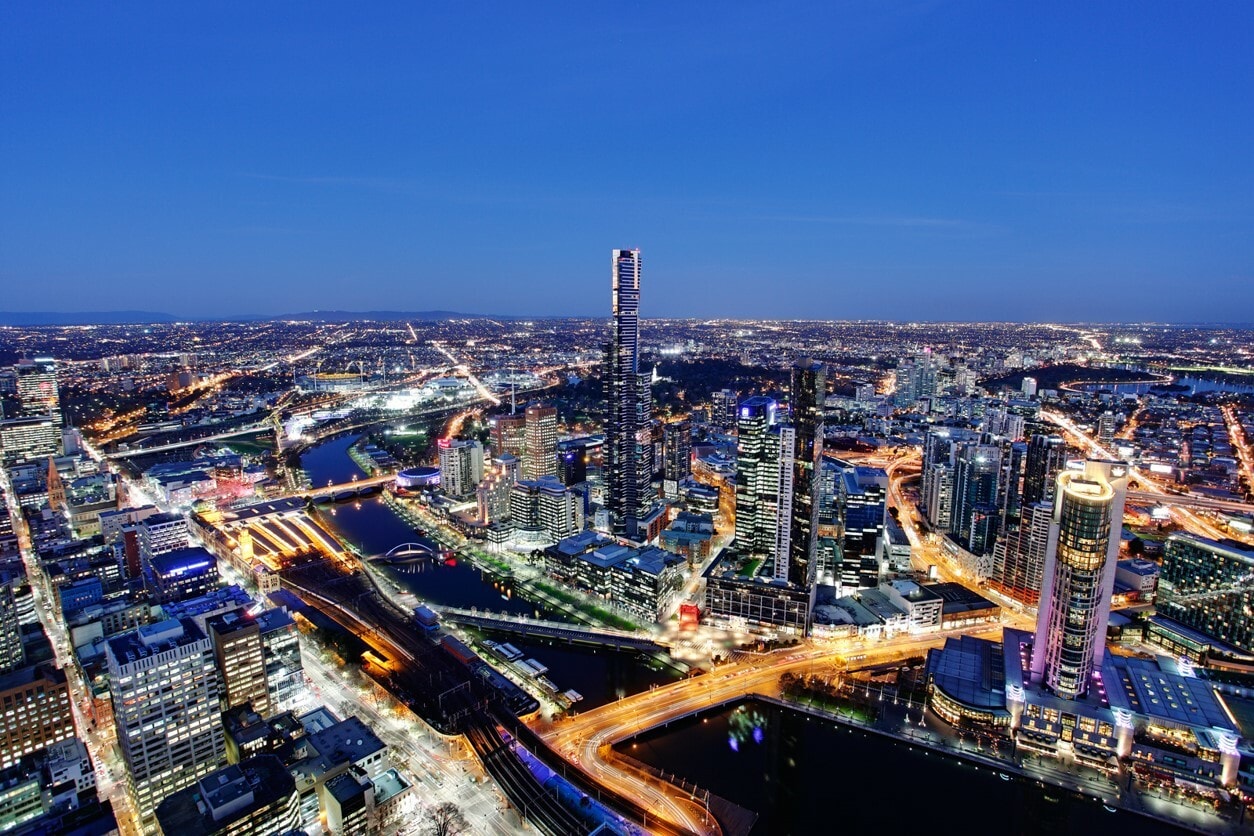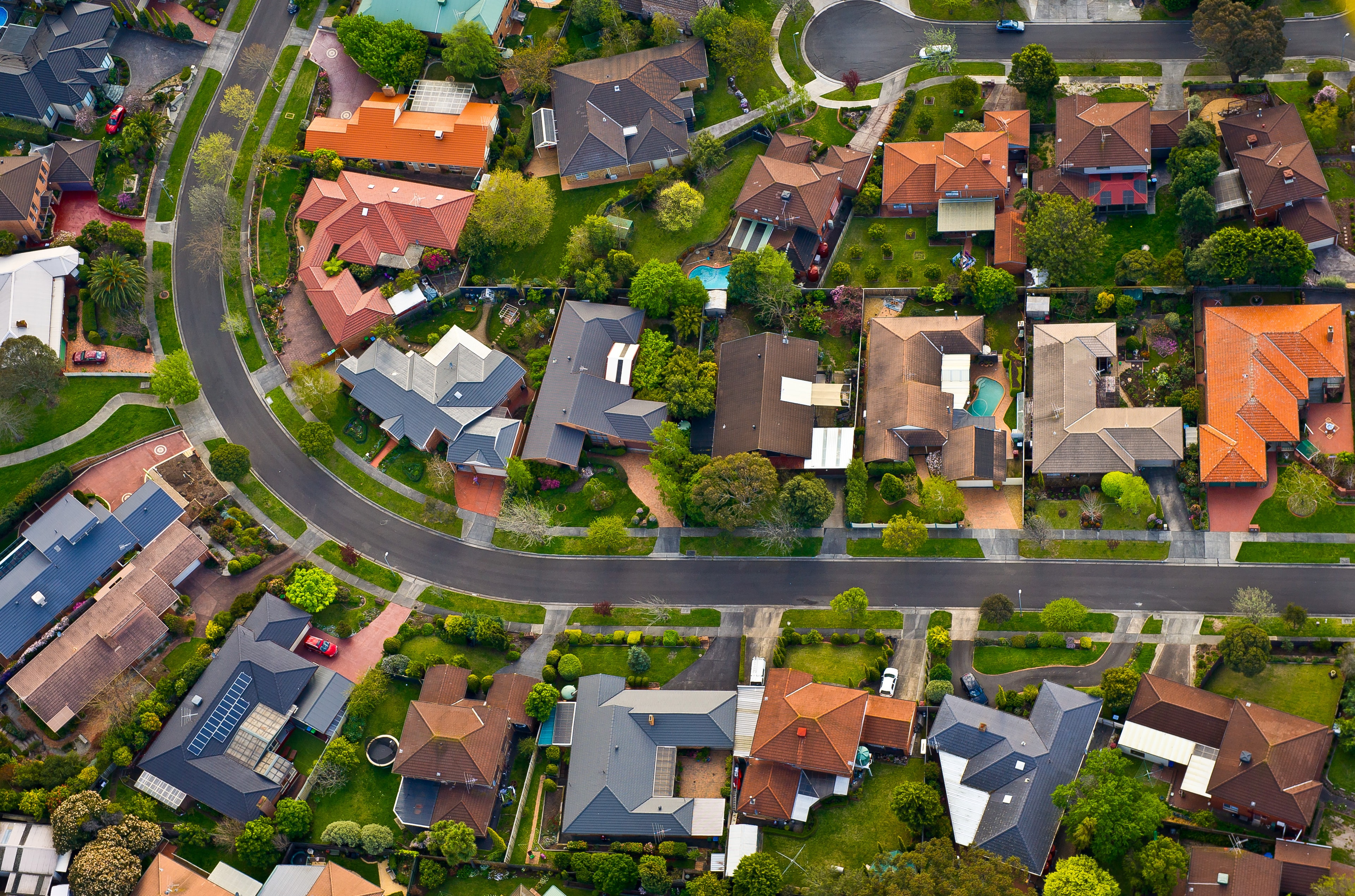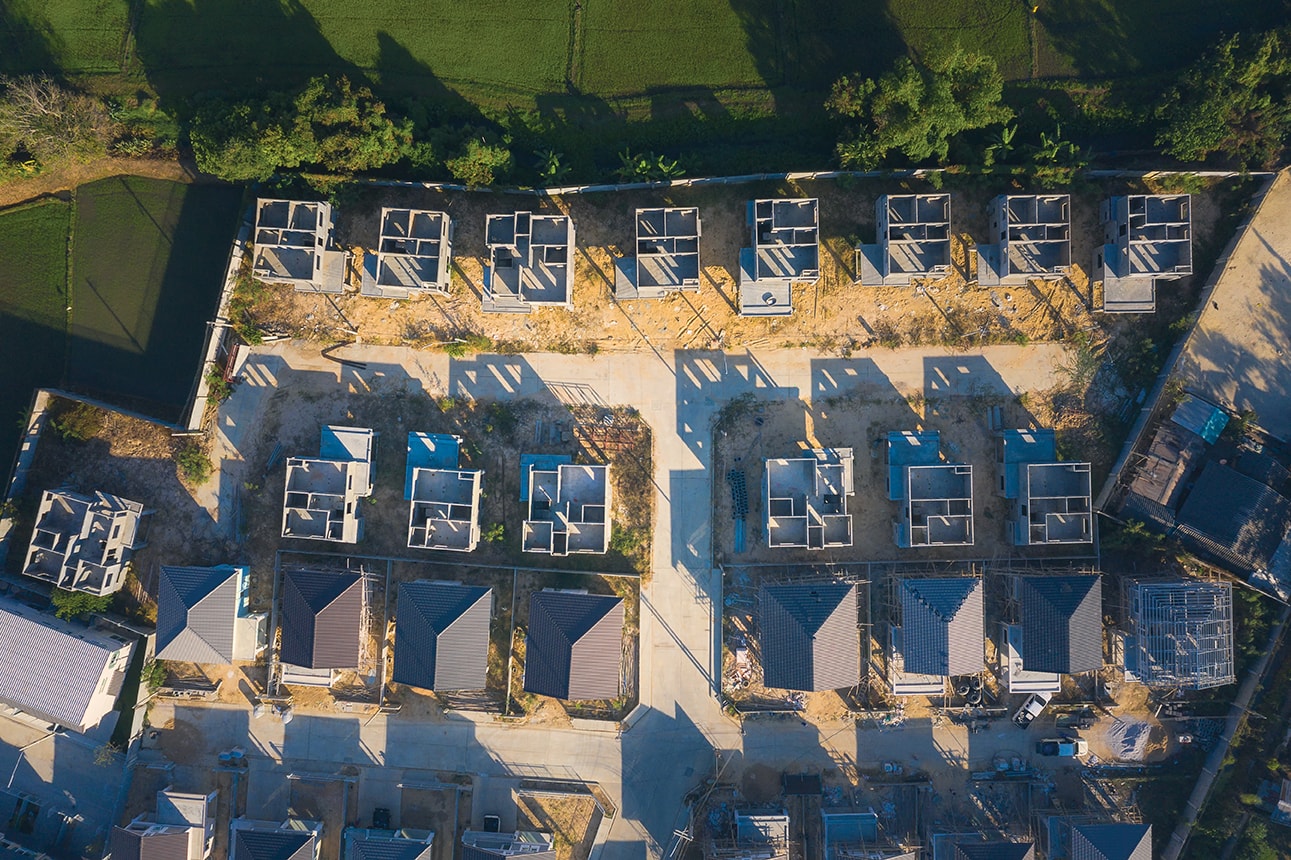Infrastructure provision in different development settings

Metropolitan Melbourne volume 1
This technical report summarises Infrastructure Victoria’s research findings on the capacity and relative cost of infrastructure to support further residential development in Melbourne.
We considered the 4 most common development settings in Melbourne: greenfield growth area development, small scale dispersed infill development, precinct scale brownfield development in middle and outer established suburbs and higher density development in inner established areas.
We wanted to:
- identify infrastructure constraints on future housing growth and whether this varies with location or development setting
- compare the relative cost of providing each infrastructure element in Melbourne
- compare the relative cost of providing infrastructure in different development settings, particularly established areas versus greenfield development settings.
High population growth forecasts for Victoria are reducing infrastructure planning horizons across all sectors. Government population projections are often revised upwards which means service planning assumptions also need updating.
Key findings
- Excluding transport, infrastructure capital costs in greenfield areas can be 2 to 4 times higher than in established areas when existing infrastructure in established areas has the capacity to support growth.
- Many factors influence infrastructure costs, so infrastructure costs can vary greatly for different developments within the same development settings.
- Of all the infrastructure that supports housing, transport infrastructure costs have the largest capital and annual operational, maintenance and replacement costs over a 30-year period (the asset life of a dwelling).
- Land acquisition and construction within the dwelling boundary are more than 80% of the capital cost of supplying new dwellings. Infrastructure supporting a private dwelling contribute less than 20% of the cost.
- A major cost in established areas is land for new schools, open space and community facilities to support population growth. Making existing facilities fit for purpose, and integrating schools and other public spaces and community facilities, can address this cost issue.
- Sewer, water and electricity capital costs are typically more expensive in greenfield than established areas. This is largely because new reticulated services must be built to and around development estates.
- Gas, telecommunications and emergency services infrastructure development costs are low relative to other supporting infrastructure in all development settings.
Supporting documents
Melbourne volume 2 - infrastructure provision in different development settings
Technical document
PDF 3MB
Download
Melbourne volume 2 - infrastructure provision in different development settings - Accessible version
Technical document
DOCX 9MB
Download
Metropolitan Melbourne costing and analysis report - infrastructure provision in different development settings
Technical document
PDF 10MB
Download
